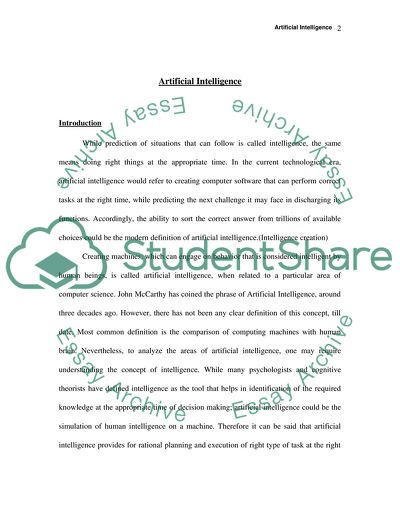Cite this document
(Contemporary Artificial Intelligence and Vision of It's Future Research Paper, n.d.)
Contemporary Artificial Intelligence and Vision of It's Future Research Paper. Retrieved from https://studentshare.org/information-technology/1745930-artificial-intelligence
Contemporary Artificial Intelligence and Vision of It's Future Research Paper. Retrieved from https://studentshare.org/information-technology/1745930-artificial-intelligence
(Contemporary Artificial Intelligence and Vision of It'S Future Research Paper)
Contemporary Artificial Intelligence and Vision of It'S Future Research Paper. https://studentshare.org/information-technology/1745930-artificial-intelligence.
Contemporary Artificial Intelligence and Vision of It'S Future Research Paper. https://studentshare.org/information-technology/1745930-artificial-intelligence.
“Contemporary Artificial Intelligence and Vision of It'S Future Research Paper”, n.d. https://studentshare.org/information-technology/1745930-artificial-intelligence.


